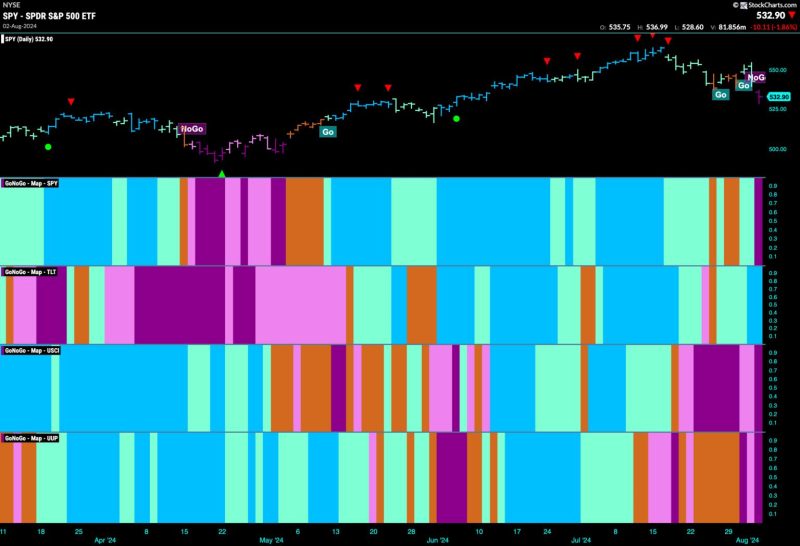The recent shift towards defensive stocks in the market has caught the attention of investors, as concerns regarding the direction of the market continue to mount. With the market index entering a no-go zone, investors are turning to defensive stocks to safeguard their portfolios and weather potential storms. Defensive stocks, characterized by stable performance and reliable dividends, are known for their resilience during economic downturns and market volatility. Here we delve into the reasons behind this defensive shift and explore some key considerations for investors navigating these uncertain times.
One of the primary reasons for the move towards defensive stocks is the growing uncertainty surrounding the global economy. Trade tensions between major economies, geopolitical uncertainties, and slowing global growth have created a sense of unease in the market. In such an environment, investors are seeking out stocks that have a track record of weathering economic turbulence. Defensive stocks, typically from sectors such as utilities, consumer staples, and healthcare, are seen as safer bets due to the consistent demand for their products and services, regardless of the economic conditions.
Moreover, the prolonged bull market and historically low interest rates have led investors to reevaluate their risk exposure. As market valuations remain elevated, concerns about a potential correction are driving investors towards defensive stocks as a means of protecting their gains. By shifting their portfolios towards defensive sectors, investors aim to reduce the impact of market downturns and preserve their capital in the face of increased volatility.
Another driving factor behind the defensive shift is the changing investor sentiment towards growth stocks. High-flying tech stocks and other growth-oriented companies, which have been driving market gains in recent years, are experiencing increased scrutiny amid concerns about their valuations and sustainability. As a result, investors are rotating their holdings towards more stable and defensive sectors, where valuations are perceived to be more reasonable and the risk of a sudden downturn is lower.
For investors looking to incorporate defensive stocks into their portfolios, there are several key considerations to keep in mind. Firstly, diversification is essential to reduce risks and ensure a balanced portfolio. Investing in a mix of defensive sectors can help mitigate sector-specific risks and provide stability in a volatile market environment. Secondly, focusing on stocks with strong fundamentals, such as stable earnings, growing dividends, and sound balance sheets, can help identify resilient companies that are better positioned to weather market turbulence.
Additionally, it is important for investors to conduct thorough research and due diligence before making investment decisions. Analyzing the competitive landscape, assessing market trends, and evaluating company performance are crucial steps in identifying attractive defensive stocks. By taking a cautious and strategic approach to investing in defensive stocks, investors can position themselves more effectively to navigate the current market uncertainties and protect their portfolios from potential downside risks.
In conclusion, the shift towards defensive stocks reflects the growing concerns among investors about the direction of the market and the need to protect their portfolios in uncertain times. By emphasizing stability, reliability, and resilience, defensive stocks offer investors a refuge amid market volatility and economic uncertainties. For investors seeking to navigate the current market environment, incorporating defensive stocks into their portfolios can provide a valuable layer of protection and help safeguard their investments in the face of looming uncertainties.
